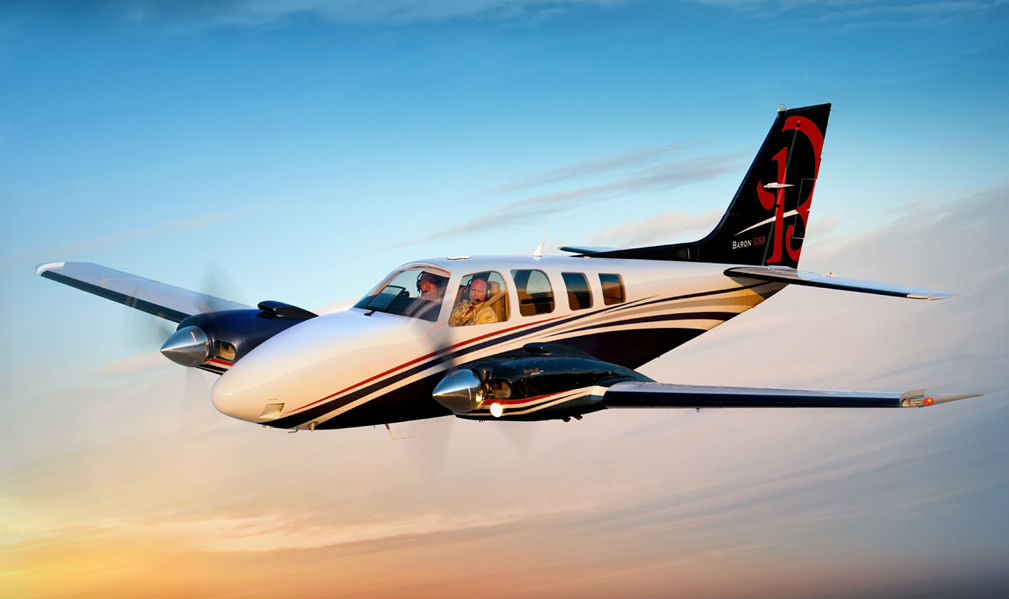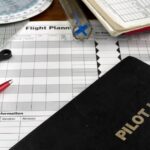Business aviation services have evolved beyond their traditional use for Fortune 500 corporations because entrepreneurs and small business owners now see pilot training as a viable business approach. The Aircraft Owners and Pilots Association (AOPA) reports that business flights represent 40% of all general aviation operations. The majority of business flights operate with single-engine aircraft which business owners use to gain scheduling control that benefits their operations.
Time Efficiency: The Real Mathematics
The built-in operational inefficiencies of commercial aviation operations are familiar to every business owner. The Transportation Security Administration advises people to reach their domestic flights at least two hours before scheduled departure time. The combination of flight duration with possible delays and airport travel at both departure and arrival points transforms what should be a brief business encounter into an extended multi-day process.
General aviation operates with a different operational system. Most business aircraft choose to operate from smaller airports. The United States has more than 5,000 public-use airports yet commercial airlines operate from only about 500 airports. The location of general aviation airports near business areas allows for reduced travel time to and from departure points and destinations.
General aviation provides faster door-to-door travel for distances between 150 and 500 miles according to the FAA when considering the complete journey including commercial flight connections and airport protocols.
Schedule Control and Flexibility
The hub-and-spoke systems airlines use for operational efficiency do not serve business travelers effectively. The combination of weather problems and mechanical breakdowns and crew scheduling conflicts leads to frequent interruptions in business travel itineraries. The Bureau of Transportation Statistics reports that flight delays exceeding 15 minutes occur in 20% of all commercial airline operations.
Weather conditions act as the main constraint for pilots who operate their own aircraft because they do not need to consider airline operational problems. Modern aircraft instruments enable safe flight operations in weather conditions which would force commercial airlines to cancel their flights because of operational restrictions rather than safety risks.
Business owners operating in urgent sectors such as real estate development and consulting and emergency services and manufacturing gain substantial market benefits through their ability to choose their own travel times instead of airline schedules.
Financial Considerations: Beyond the Sticker Shock
The financial evaluation of aircraft ownership and operation expenses reveals more complexity than the initial cost assessment indicates. The National Business Aviation Association (NBAA) conducts regular cost-comparison studies which demonstrate that business aviation matches commercial travel costs for specific routes when analyzing complete trip expenses and time-based values.
The expenses from commercial air travel accumulate rapidly for business travelers who need to travel frequently because they must pay for airline tickets and hotel stays and rental cars and food and parking fees. Business aviation removes the need to pay for hotel stays because it enables same-day completion of business trips.
The tax effects of aircraft ownership need to be evaluated during the decision-making process. The IRS enables businesses to claim aircraft expenses as legitimate business costs when they follow all tax regulations and maintain proper documentation. The depreciation rules for aircraft used in business operations create additional tax benefits for owners.
Professional Development and Skills Transfer
The skills learned through pilot training directly apply to business leadership roles. The aviation industry demands that professionals maintain ongoing focus on risk management and high-pressure decision-making and resource distribution and system analysis. The Federal Aviation Administration implements business management best practices through its standardized procedures and checklists and continuous learning requirements.
Business owners who underwent aviation training developed enhanced capabilities to solve intricate problems that involve multiple variables. The acquired skills from this training become essential for running business operations. The process of maintaining pilot proficiency through recurrent training and regulatory updates develops professional habits that support ongoing development.
Networking and Business Development
The aviation sector maintains strong professional relationships between its members who actively support one another. Fixed Based Operators at airports function as casual networking hubs which help business relationships form organically. The combination of aviation events and fly-ins and airport activities enables business professionals to establish connections which they would not find through conventional networking channels.
The National Business Aviation Association offers its members formal networking opportunities which cater to business aircraft operators through its professional organization. The aviation community connections established through these relationships result in business partnerships and referrals and new business prospects.
Market Reach and Geographic Expansion
The acquisition of a pilot’s license enables business owners to extend their operational service territory. The same-day travel capability enables businesses to reach markets which were previously unreachable because of their distant location. Service-based businesses and sales organizations and multi-location companies benefit most from this geographic flexibility because they need to monitor their operations across different sites.
The same-day travel capability makes it possible for business owners to access rural areas and smaller markets which commercial airlines do not serve. The business owner can assess market potential and conduct client meetings and site inspections at locations which competitors struggle to access efficiently.
Work-Life Integration
Business aviation creates better work-life equilibrium for specific business owners through its operational capabilities. The efficient nature of business travel through aviation enables owners to spend more time with their families and handle personal responsibilities. The shorter travel duration enables businesspeople to conduct weekend business activities because they now have more scheduling flexibility.
The physical activity of flying serves as a mental rejuvenation tool which many pilots discover through their aviation experience. The intense concentration needed for safe flight operations creates a mental escape from business matters while allowing business owners to reach their destinations efficiently.
Determining Suitability
The most suitable business aviation clients are owners who need to travel between 200 to 800 miles to different locations. The 200-800 mile distance range creates the optimal conditions for general aviation to outperform commercial air travel in terms of time efficiency.
The main industries which gain the most value from business aviation include consulting services and real estate and manufacturing and healthcare and professional services. The businesses that benefit most from this service need to conduct personal meetings and require flexible scheduling to stay competitive.
The level of dedication needed for this activity remains substantial. The process of obtaining private pilot certification demands students to complete 40-70 hours of flight education which spans multiple months. The process of obtaining an instrument rating for flying in various weather conditions demands extra training and ongoing proficiency tests.
Making the Business Case
Business owners who want to enter aviation should evaluate their decision through the same process they use for all business investments. The evaluation process requires businesses to determine their present travel expenses and forecast the value of saved time and assess how flexible scheduling and expanded market access will benefit their operations.
The NBAA offers planning resources and cost assessment tools which assist businesses to determine if aviation services suit their particular travel requirements and operational needs.
Business owners who need to travel frequently or make urgent decisions or serve customers across different locations should consider obtaining a pilot’s license because it delivers substantial competitive benefits that go beyond flying a plane.
Business owners who treat aviation as a professional instrument instead of a personal interest will discover flight brings additional satisfaction as an unanticipated outcome of their practical business choice.
American Flyers has operated as a professional flight training institution for more than 85 years. Our training programs enable business professionals to obtain their certificates through efficient learning paths which respect their ongoing business responsibilities. Contact our team to learn more about how pilot training creates business advantages for your operations.










